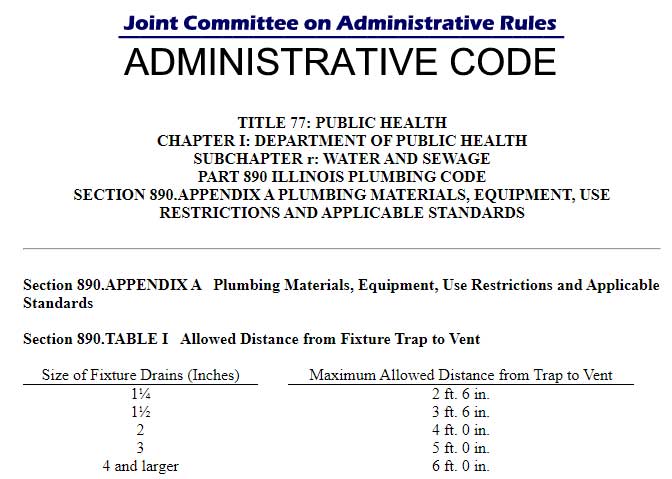I've been reading that the max length of a shower trap arm is 60" before the vent. I'm assuming this is a standard 2" drain and trap. If so, I was under the impression that a 2" trap could be 8 feet before vent (2" drop).
I checked the provincial codes (Canada) and there's nothing specific about a shower, just the standard:
<the total fall of the fixture drain from a P-trap is not greater than the size of the fixture drain>
Is there a different code that limits a shower? Or is this a different location code specific?
Thanks
I checked the provincial codes (Canada) and there's nothing specific about a shower, just the standard:
<the total fall of the fixture drain from a P-trap is not greater than the size of the fixture drain>
Is there a different code that limits a shower? Or is this a different location code specific?
Thanks

